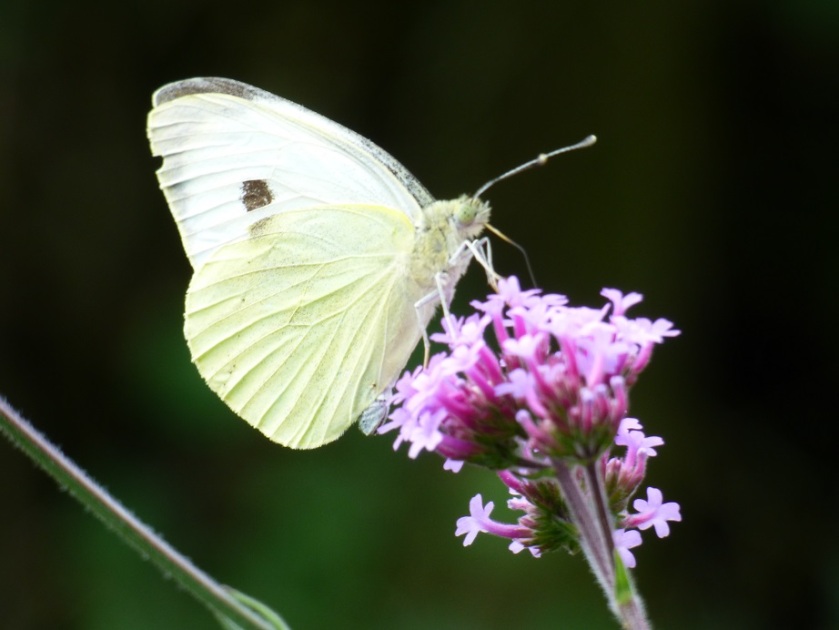As we move into July many of the hot colours are now emerging and mirror the warmer summer days. However, there are a number of blue flowers out in the garden at the moment that provide a welcome contrast offering a much cooler feel to the planting and make striking companions with many of the strong colours.
Here is my selection for this week’s ‘Six on Saturday’.
One: Triteleia
We also know this as Brodiaea. In many respects it looks a bit like a mini-agapanthus and seems to grow extremely well in the poorer gravelly soil around the patio. Its leaves are a bit limp and untidy at times but the mass of flowers that it produces in late June-early July are a joy. The flowers sit high on thin wiry stems and make excellent cut flowers.

Two: Delphiniums
To be honest we have struggled a bit to get good delphiniums over the years. They are often set back by slug damage in the spring when they emerge from the soil and can often look a bit under-whelming. In addition, we have also found them to be quite short lived perennials that only last a few years in our damp winter soil.
We do continue to persevere because we always admire them when we see wonderful specimens in other peoples gardens. This year we have had success! The slugs seem to have been much less active in the spring due to the hot dry spell and the delphiniums got away without serious damage. Once they are above a certain height they seem to suffer much less.

Three: Clary Sage (Blue Denim)
Clary Sage (Salvia horminum) is a hardy annual that is extremely easy to grow. In my view it does have to be planted out en masse to give an effective show. Each individual plant is rather insignificant but planted together in numbers the bracts will produce an intense blue haze. Here we have planted it with calendula to create what I think is a striking combination.
Once again Clary Sage makes an excellent cut flower.

Four: Eryngium ‘Big Blue’
We have often struggled to grow Eryngium effectively in our garden but I think we seem to have hit the jackpot with this plant of the variety ‘Big Blue’. It has survived the winter and is growing away strongly producing masses of these spikey steel blue flowers. It goes really well with the yellow Sisyrinchium striatum (pale yellow-eyed-grass).

Five: Phlox drummondii
We have only recently started growing this compact annual phlox. It has taken us a couple of years to learn how to grow it well. Once mastered (it seems to like rich, moist soil in plenty of light) it produces masses of these pretty blue blooms all summer. We plant it alongside purple sage, lavender and a blue nicotiana to create a stunning combination.

Six: Catananche caerulea
My final selection for this six is Cupid’s Dart. In addition to having a cute name it is also a highly reliable hardy perennial. At this time of year it produces masses of these blue ‘dandelion’ flowers which float on thin wiry stems above a blue green rosette of leaves. It is particularly effective if you want to create a meadow garden look and I have seen it used beautifully in a natural planting at the entrance of Hidcote gardens.

The Six on Saturday meme is hosted by The Propagator. Click on the link to be inspired by what other plant lovers are enjoying this weekend.























































